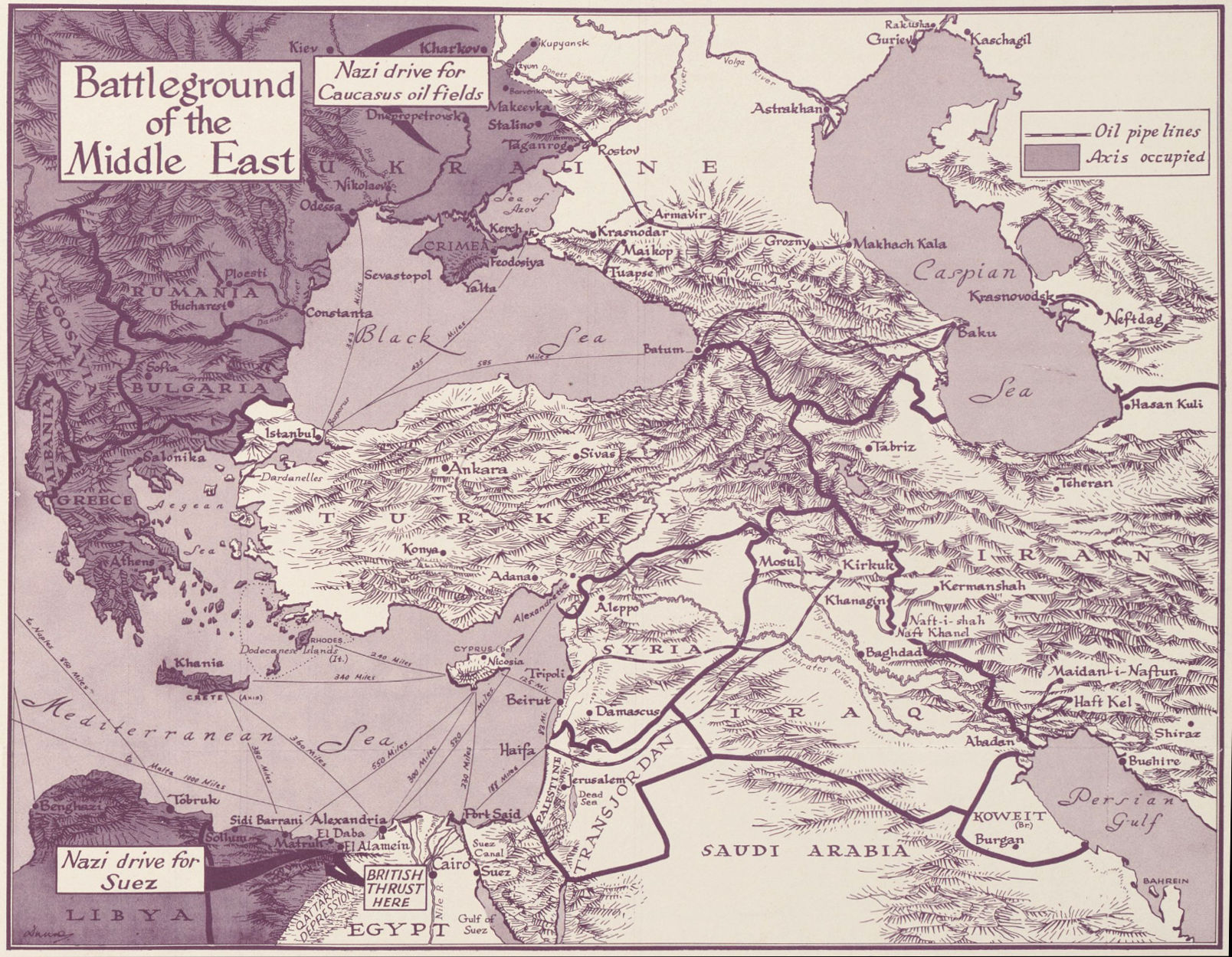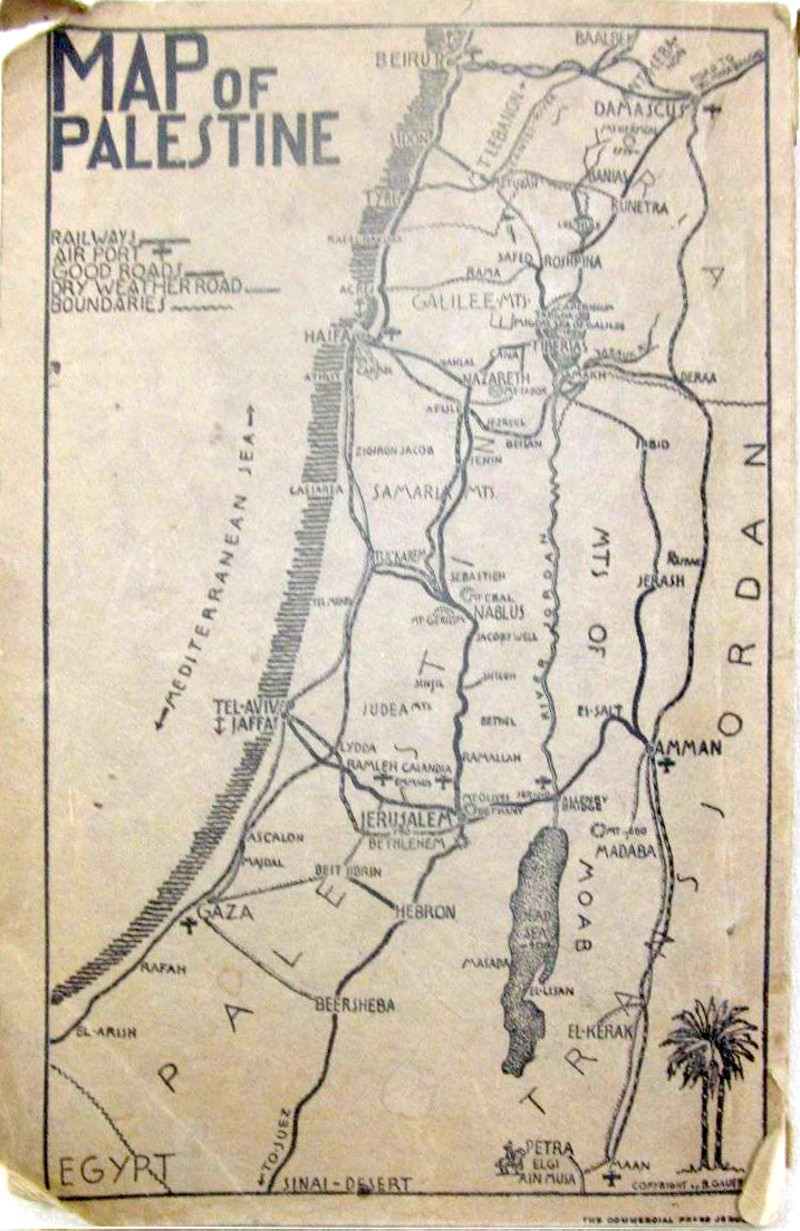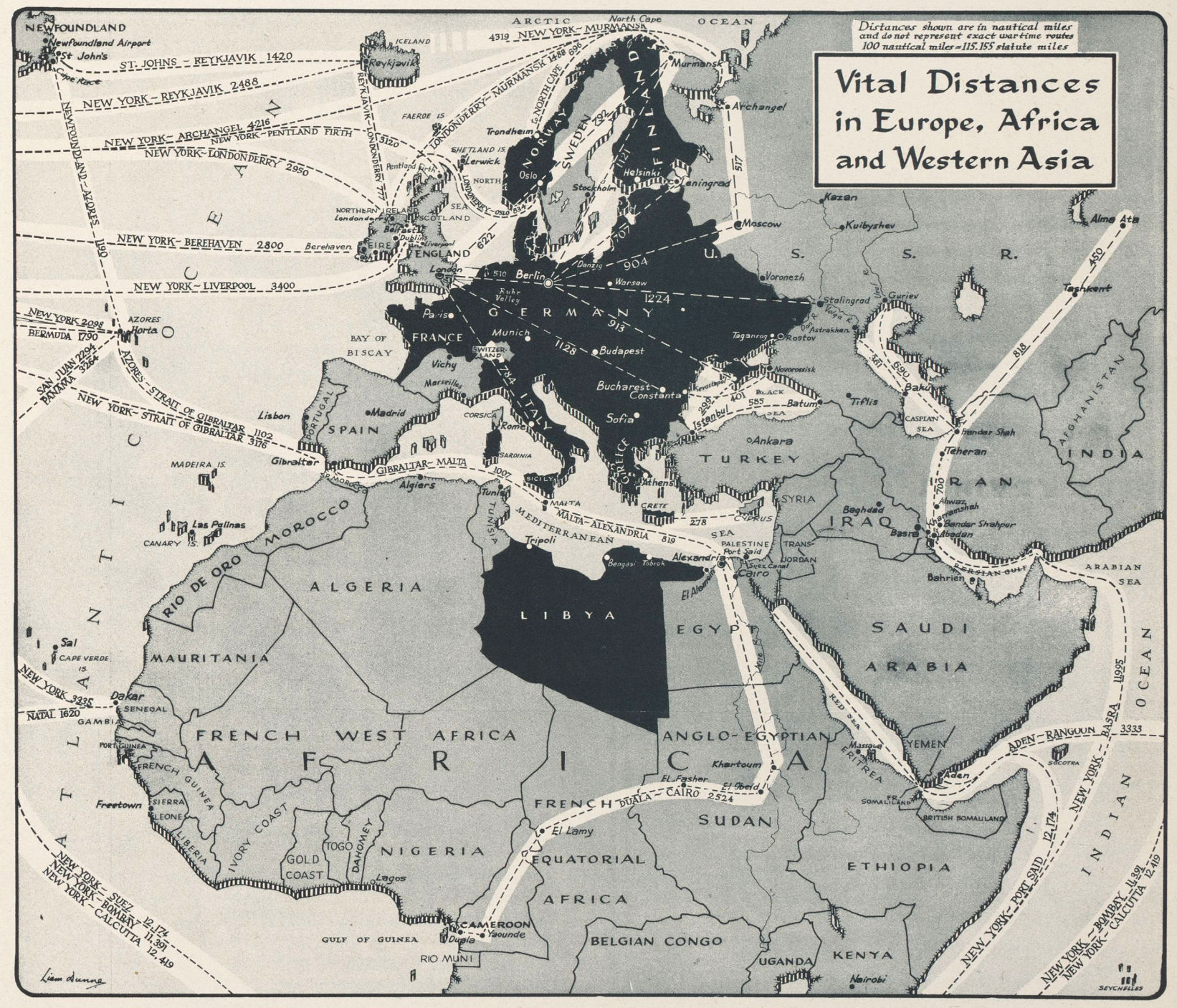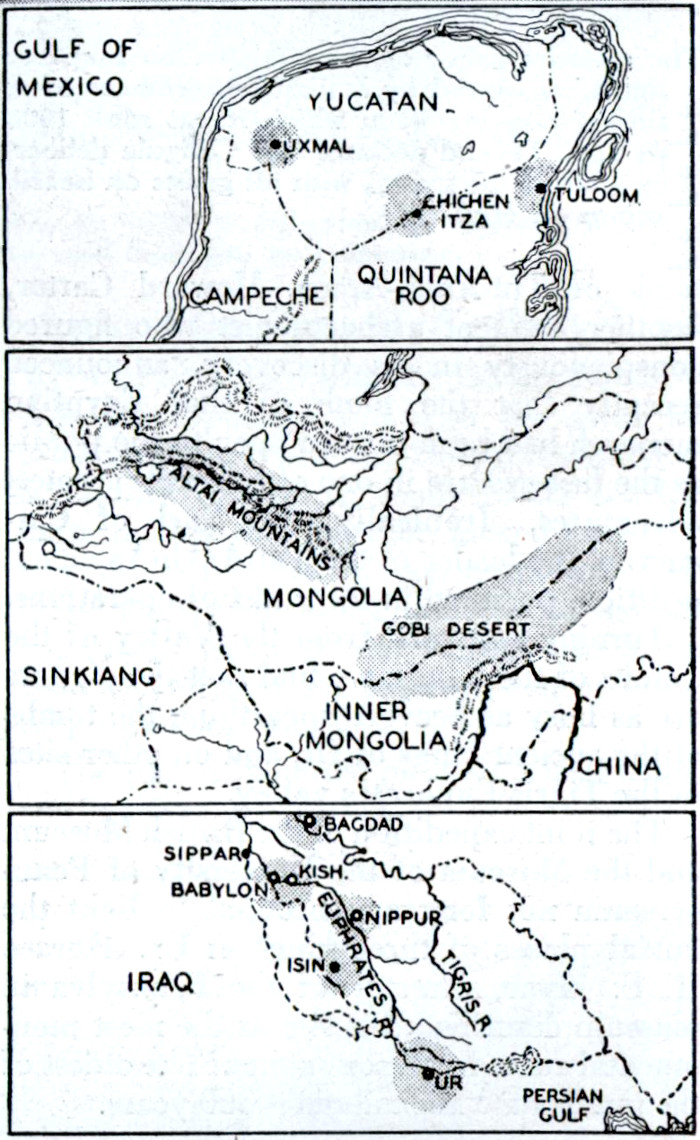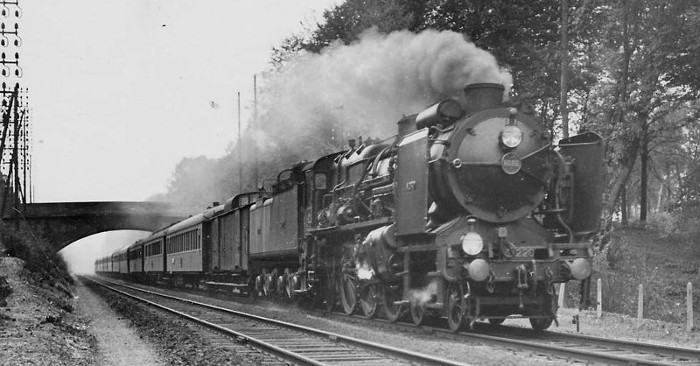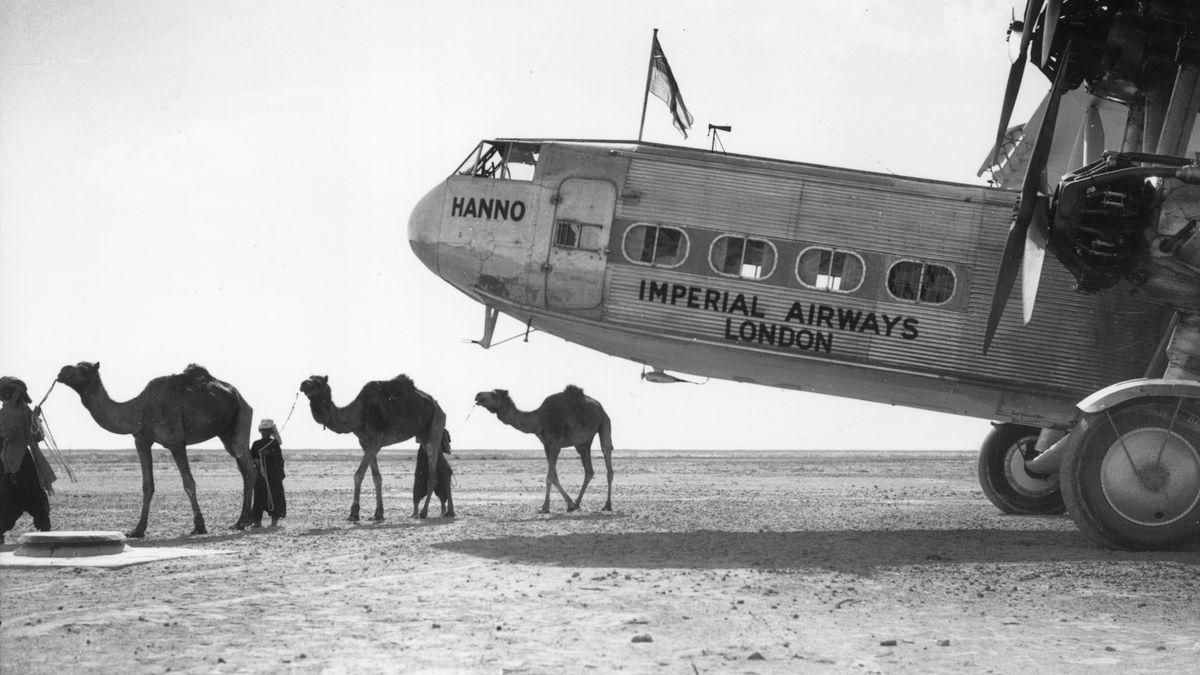
Imperial passengers in 1934 could get from London to Singapore at a cost of £180 ($230.00). Included in the price was hotel accommodations, food, and nearly everything else but alcohol. The 8,458 mile trek took 8 days, making stops in Paris, Brindisi, Athens, Alexandria, Cairo, Gaza, Baghdad, Basra, Kuwait, Bahrain, Sharjah, Gwadar, Karachi, Jodhpur, Delhi, Cawnpore, Allabad, Calcutta, Akgats, Rangoon, Bangkok and Alor Star. Continue reading “Imperial Airways, 1930s”
Tag: Middle-east
Battleground of the Middle East, 1942
Palestine, 1934
Hattuşaş, Hittite Empire
Hattuşaş was the capital of the Hittite empire from 2000 to 1180 BC. Today, impressive double walls, which are situated by the King’s Gate,the Lion Gate, the Sphinx Gate and the Yer Kapi (an underground tunnel), circle its ruins. The largest ruins are those of the great temple of the storm god Tesup.
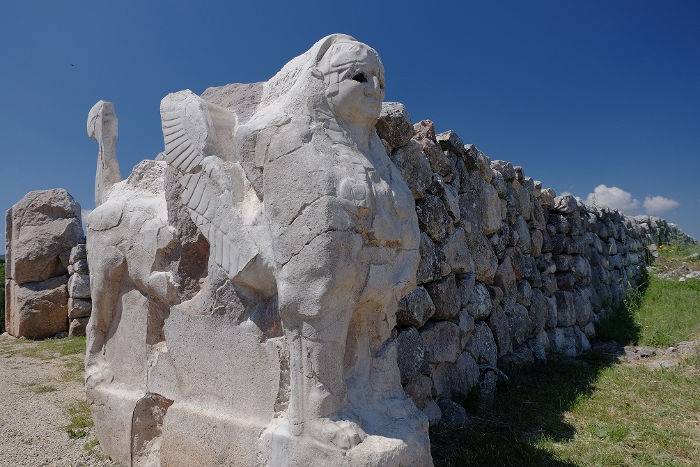 Sphinx Gate – A pair of sphinxes found at the southern gate in Hattusa were taken for restoration to Germany in 1917. The better-preserved sphinx was returned to Istanbul in 1924 and was placed on display in the Istanbul Archaeology Museum, whereas the other remained in Germany and had been on display at the Pergamon Museum since 1934. The pair were finally reunited in 2011.
Sphinx Gate – A pair of sphinxes found at the southern gate in Hattusa were taken for restoration to Germany in 1917. The better-preserved sphinx was returned to Istanbul in 1924 and was placed on display in the Istanbul Archaeology Museum, whereas the other remained in Germany and had been on display at the Pergamon Museum since 1934. The pair were finally reunited in 2011.
(Image: Shutterstock)
Vital Distances, 1942
Areas of Archeological Interest, 1931
Orient Express, 1934
The Orient Express was a long-distance passenger train service created in 1883 that joined Western Europe with the Middle East.
Although the original Orient Express was simply a normal international railway service, the name became synonymous with intrigue, luxury & comfort when traveling was still rough and dangerous.
The 1930s saw the services of the Orient Express at its most popular, running three parallel services; The Simplon Orient Express, the Orient Express and the Arlberg Orient Express
It was during this time, the Orient Express acquired its reputation for comfort and luxury, carrying sleeping-cars with permanent service and restaurant cars known for the quality of their cuisine. Royalty, nobles, diplomats, business people patronized it, mingling with those of the middle class. Each of the Orient Express services, incorporating sleeping cars, extending the rail service from one edge of continental Europe to the other. The start of the Second World War in 1939 (again) interrupted the service, which did not resume until 1945.
In 1934, one of its passengers, Agatha Christie, wrote her novel Murder on the Orient Express, partly inspired by the kidnapping of the Lindbergh baby (1932) and events on her trip in 1928-29 which left the train marooned in a snow bank for 6 days.
Middle Eastern Advertising, 1930s
Phillips Radio Advertisement
 Continue reading “Middle Eastern Advertising, 1930s”
Continue reading “Middle Eastern Advertising, 1930s”
